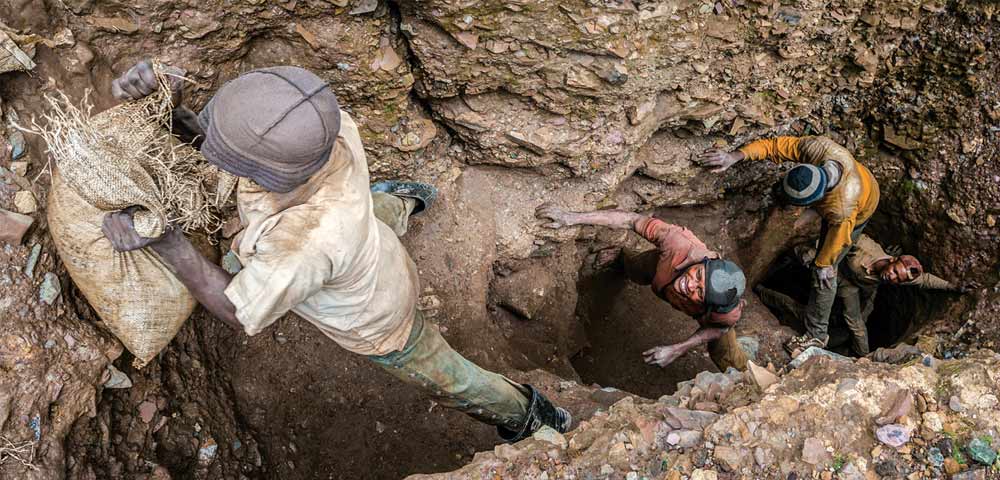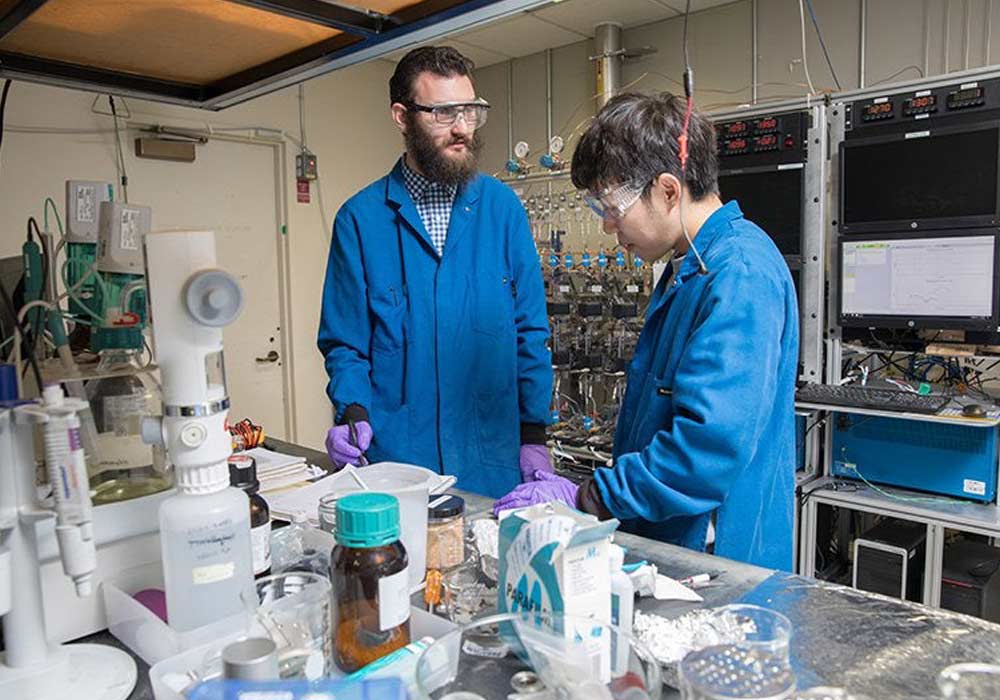Technology inside gadgets develop much faster than the technology that powers them.
Lithium-ion batteries are still the most popular power source for mobile devices. Fortunately, these piece of technology is quite cheap and easy to create. But unfortunately, they rely on heavy metals like Nickel and Cobalt, which are mostly mined in developing countries.
The process of mining these metals can be difficult, and also backbreaking. For the humans that work in the mines, dig out Cobalt mostly by hands with little or no safety protection. They tend to be less paid, and can involve child labor. In the Democratic Republic of Congo for example, this caused the loss of lives.
In Wired's words, Cobalt is the "blood diamond of batteries".
The team at IBM Research works out how to develop the battery, using an AI technique called semantic enrichment, to further improve battery performance by identifying safer and higher performance materials. And here, the team managed to find three minerals to replace Nickel and Cobalt, which include a Cobalt- and Nickel-free cathode material and a liquid electrolyte.
The three minerals can be found on seawater, thereby eliminating the needs for mining the minerals out of the Earth's crust.

IBM's AI was capable of discovering the three minerals to use, as well as the proprietary research methods like atomic force microscopy, to precisely study the interactions between various battery materials.
According to the research, this battery design should outperform traditional lithium-based batteries in many ways. It should be able to charge faster, and have a much higher power density.
The battery is also less flammable. This is because the unique combination of the materials is able to suppress lithium dendrites during charging, which lowers the chances that the battery will catch fire.
In many ways, the technology could be used in consumer devices, as well as aircraft, smart energy grids, electric cars and trucks.
Here, IBM Research said that it partners with Mercedes-Benz Research and Development North America, battery electrolyte supplier Central Glass and battery manufacturer Sidus, to help put this design past the exploratory phase, and bring it closer to reality.

Cobalt is the key ingredient inside rechargeable Lithium-ion batteries.
According to Cobalt Institute, which promotes the sustainable and responsible production and use of cobalt in all forms, "roughly 50% of the Cobalt produced globally is found in rechargeable batteries".
60% of the world’s Cobalt is mined in Congo.
During use, Lithium-ion batteries (Li-ion) have electrons that move around. And Cobalt, is found on the batteries' cathode. Cobalt is also central in other battery technologies, such as nickel-cadmium batteries (NiCd) and nickel-metal hydride (NiMH) batteries.
As any other researchers on developing the next generations of batteries, IBM's solution can’t come soon enough.
First of all, the demand for batteries in gadgets, electric vehicles, and infrastructure is escalating. Second, Li-on batteries can last a very long time before people start replacing them, making recycling Cobalt less effective, and third, considering that battery technology isn't evolving as fast as the demand, any suggestion or research that opens the possibility of newer technology to come in place, should be praised.
The news of IBM Research’s breakthrough came just a couple of days after Alphabet, Apple, Dell, Microsoft, and Tesla were accused in a class action lawsuit in Washington D.C. by International Rights Advocates for “knowingly benefiting” from the use of child labor to mine Cobalt in Congo.